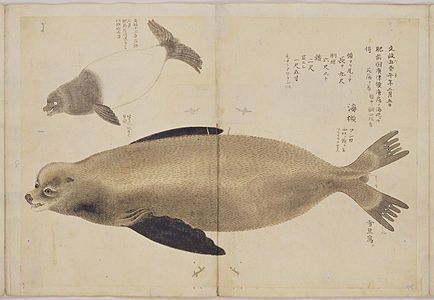.mw-parser-output .hidden-begin{box-sizing:border-box;width:100%;padding:5px;border:none;font-size:95%}.mw-parser-output .hidden-title{font-weight:bold;line-height:1.6;text-align:left}.mw-parser-output .hidden-content{text-align:left}@media all and (max-width:500px){.mw-parser-output .hidden-begin{width:auto!important;clear:none!important;float:none!important))You can help expand this article with text translated from the corresponding article in Japanese. (August 2020) Click [show] for important translation instructions.
View a machine-translated version of the Japanese article.
Machine translation, like DeepL or Google Translate, is a useful starting point for translations, but translators must revise errors as necessary and confirm that the translation is accurate, rather than simply copy-pasting machine-translated text into the English Wikipedia.
Consider adding a topic to this template: there are already 3,818 articles in the main category, and specifying|topic= will aid in categorization.
Do not translate text that appears unreliable or low-quality. If possible, verify the text with references provided in the foreign-language article.
You must provide copyright attribution in the edit summary accompanying your translation by providing an interlanguage link to the source of your translation. A model attribution edit summary is Content in this edit is translated from the existing Japanese Wikipedia article at [[:ja:長谷川雪旦]]; see its history for attribution.
You should also add the template ((Translated|ja|長谷川雪旦)) to the talk page.
For more guidance, see Wikipedia:Translation.
Hasegawa Settan (長谷川雪旦,[1] 1778–1843)[2] was a Japanese artist who lived during the late Edo period, born in Edo.
His given name was Munehide (宗秀), and his art-name was Gengakusai Ichiyōsai (巌岳斎 一陽庵). He was commonly called Gotō Uzaemon (後藤右衛門). He was originally a wood sculptor and he carved the woodblocks for many ukiyo-e prints. The Edo meisho zue, an illustrated catalogue of the sights of Edo for which he provided in the woodcuts, is one of his major works.[2][3][4] For his artistic accomplishments, Hasegawa Settan was awarded the honorary Buddhist title Hokkyō (法橋 "Bridge of the Dharma").[5]
-
Drawing of a seal that washed up on a beach near Karatsu





